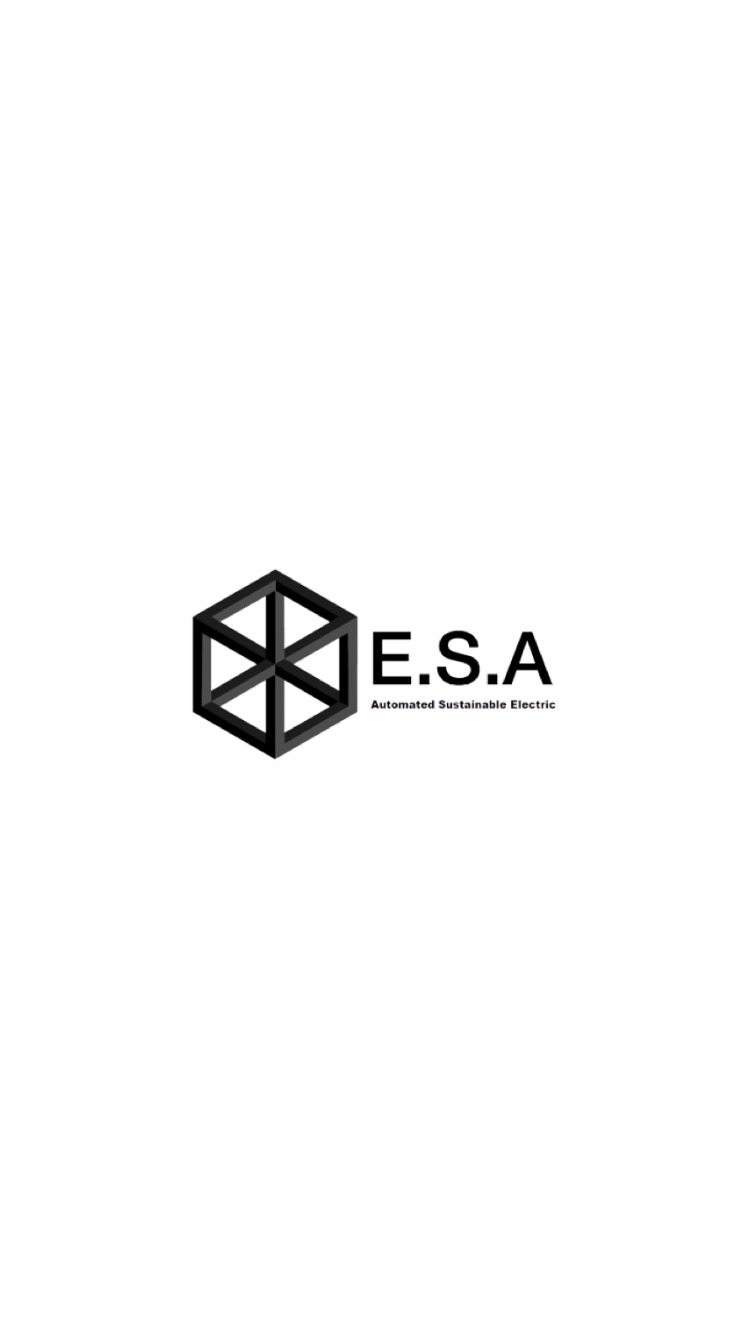Technical Analysis: COP30 Opening in Belém and Engineering as the Vanguard of Climate Goals
- Elétrica Sustentável Automatizada

- Nov 10
- 2 min read
The start of COP30 (30th Conference of the Parties) in Belém do Pará on November 10, 2025, sets a benchmark for the global technical community. The event is not just a round of negotiations, but a five-year Global Stocktake (GST), where the capacity of Engineering to deliver practical results is put under the microscope.

GST and the Implementation Gap: The Engineering Challenge
The central focus of COP30 is the first Global Stocktake (GST) under the Paris Agreement. The GST indicates that the world is critically off-track to limit warming to 1.5ºC.
For the Engineering field, this is an urgent call to action. The failure is not just in policy, but in the scale and speed of implementing technical solutions. We need Value Engineering for:
Emissions Reduction (Mitigation): Accelerating the development and deployment of low-carbon energy sources.
Protection Against Impacts (Adaptation): Building infrastructure capable of withstanding higher magnitude climatic events (e.g., enhanced safety factor in macrodrainage projects).

Civil Engineering on the Front Line: Critical Infrastructure in Belém
The first day reinforces that Civil and Water Resources Engineering is fundamental. Investments in Belém's infrastructure (approximately R$ 6 billion) are emblematic of the Adaptation challenge.
Sanitation and Resilience: The improvement of Basic Sanitation for over 50% of Belém’s population is a crucial Sanitary Engineering project. The lack of sanitation increases urban vulnerability to floods and waterborne diseases—an impact intensified by extreme rainfall. The project directly aligns with Brazil’s Nationally Determined Contribution (NDC), which mandates the universalization of sanitation by 2033.
Transportation Engineering: The optimization of Urban Mobility and fleet electrification are Mitigation solutions that Transportation and Electrical Engineering must deliver to reduce Greenhouse Gas (GHG) emissions in the sector.
Technology and Innovation: Engineering on New Frontiers
The solution is not confined to traditional methods. Software Engineering and Artificial Intelligence (AI) are essential for:
Monitoring and Forecasting: The use of Geotechnology (Cartographic Engineering/Geomatics) to monitor deforestation in real-time, and AI systems to optimize energy consumption in buildings (Automation Engineering).
Circular Bioeconomy: The focus on the Amazon requires Materials Engineering to develop high-value bioproducts and Chemical/Forest Engineering to create low-impact supply chains.
Financial Flow and the Project Engineer
The debate on climate finance is, ultimately, a debate about projects. The engineer is the link between capital (public or private) and the physical work.
The participation of technical engineers, like the previously mentioned Thomas Pereira Klen, in the Blue Zone (the UNFCCC negotiations area) is vital. They ensure that Carbon Market agreements (Article 6 of the Paris Agreement) result in robust methodologies for calculating emissions reductions and structuring bankable projects for the Energy Transition.

The Pragmatism of Engineering at COP30
COP30 demands a leap in scale for professional performance. The climate crisis is a problem that will only be solved through the rigorous and innovative application of Engineering principles. Our role is to transform ambitious goals into technical specifications, execution timelines, and operational infrastructures that guarantee a sustainable future.
Follow our blog for detailed analyses of the role of Engineering in the Energy Transition and the advancement of Brazilian NDCs throughout COP30.
#COP30 #SustainableEngineering #ClimateCrisis #ResilientInfrastructure #Belém2025 #BasicSanitation #EnergyTransition #GlobalStocktake #GST #ParisAgreement #NDC #Mitigation #ClimateAdaptation #CivilEngineering #Bioeconomy #ClimateTech #BlueZone #CarbonMarket #TechnicalSolutions #EnvironmentalEngineering #E_S_A #SustainableAutomatedElectric






Comments